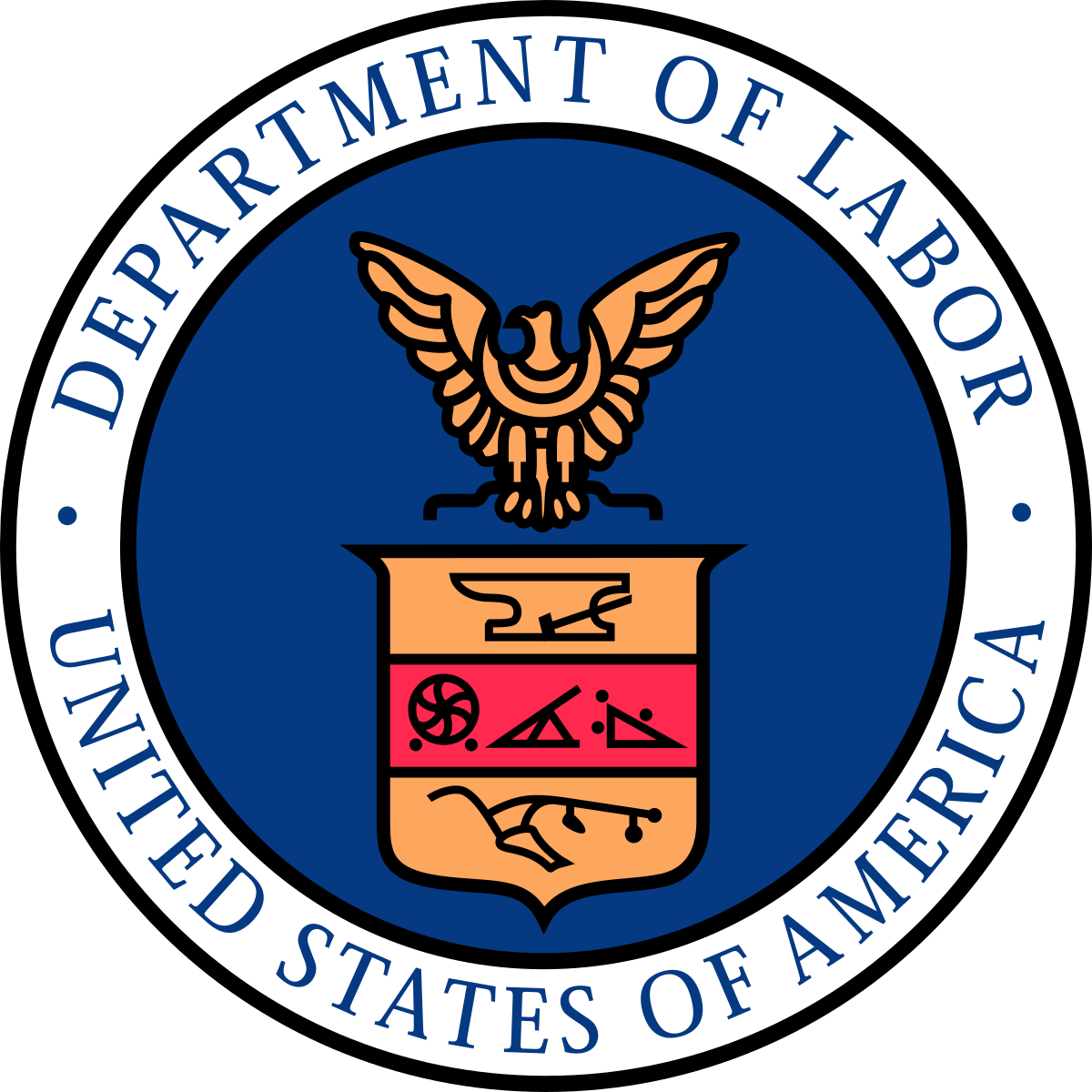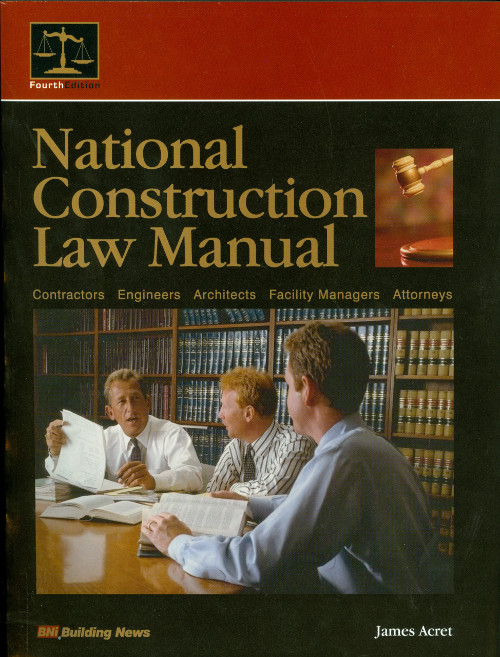The Biden administration and organized labor say a newly proposed rule reframing how employers determine whether a worker is an employee or an independent contractor should create more consistency for employers and reduce intentional employee misclassifications, but construction industry groups say the proposal would create more, not less, confusion in determining employment status.
The proposed rule, which the U.S. Dept. of Labor published on Oct. 13, would rescind a Trump-era 2021 change in how workers are classified.
It would replace the earlier rule’s test emphasizing two primary questions with a multifactor analysis to determine whether a worker is an employee or independent contractor under the Fair Labor Standards Act (FLSA).
DOL says the framework would reduce employee misclassifications and is more consistent with longstanding judicial precedent.
Labor Secretary Marty Walsh said in a statement, “While independent contractors have an important role in our economy, we have seen in many cases that employers misclassify their employees or independent contractors under the FLSA.” The new rule would “preserve essential worker rights and provide consistency for regulated entities,” he added.
Construction contractor groups generally prefer the Trump administration 2021 rule. They say it gives them greater flexibility in making independent-contractor designations in an industry where workforce fluctuations are common.
Contractor Groups Criticize Proposal
Several organizations, including the Associated Builders and Contractors (ABC), sued the Biden administration in federal court for delaying, then attempting to rescind, the Trump rule in spring 2021. A March 2022 decision from the U.S. District Court for the Eastern District of Texas upheld the rule and it remains in effect.
The 2021 regulation relies on two primary criteria: control over the work, and the opportunity for profit or loss. Those factors carry greater weight in determining status under the 2021 rule, said Claiborne Guy, Associated General Contractors of America’s director of employment policy and practices.
“These core factors would have helped determine if a worker is economically dependent on someone else’s business or is in business for himself, and the three additional factors would have clearly assisted in additional analyses,” Guy said in an email to ENR.
The new rule would reinstate a multiple-factor, “totality-of-the-circumstances” analysis to determine whether a worker is an employee or independent contractor.
Unions Favor New Proposal
Liz Schuler, AFL-CIO president, says that the new test will make it harder to classify workers as independent contractors. But Schuler suggests that is not necessarily a bad thing. The proposed changes “will increase protections and expand benefits to so many working people who have been subjected to corporate work-arounds” she said in a statement.
AGC’s Guy counters that the changes will make it more challenging to correctly classify workers who are legitimate independent contractors—both workers and consultants—“such as those that have historically existed in the construction industry.”
Ben Brubeck, ABC’s vice president of regulatory, labor and state affairs, says that his organization is reviewing the new proposal. But Brubeck notes, “Any effort by DOL to undermine the use of independent contractors in the rulemaking will likely be challenged by ABC and other stakeholders.”
The Labor Dept. will accept public comments on the proposal through Nov. 28.







